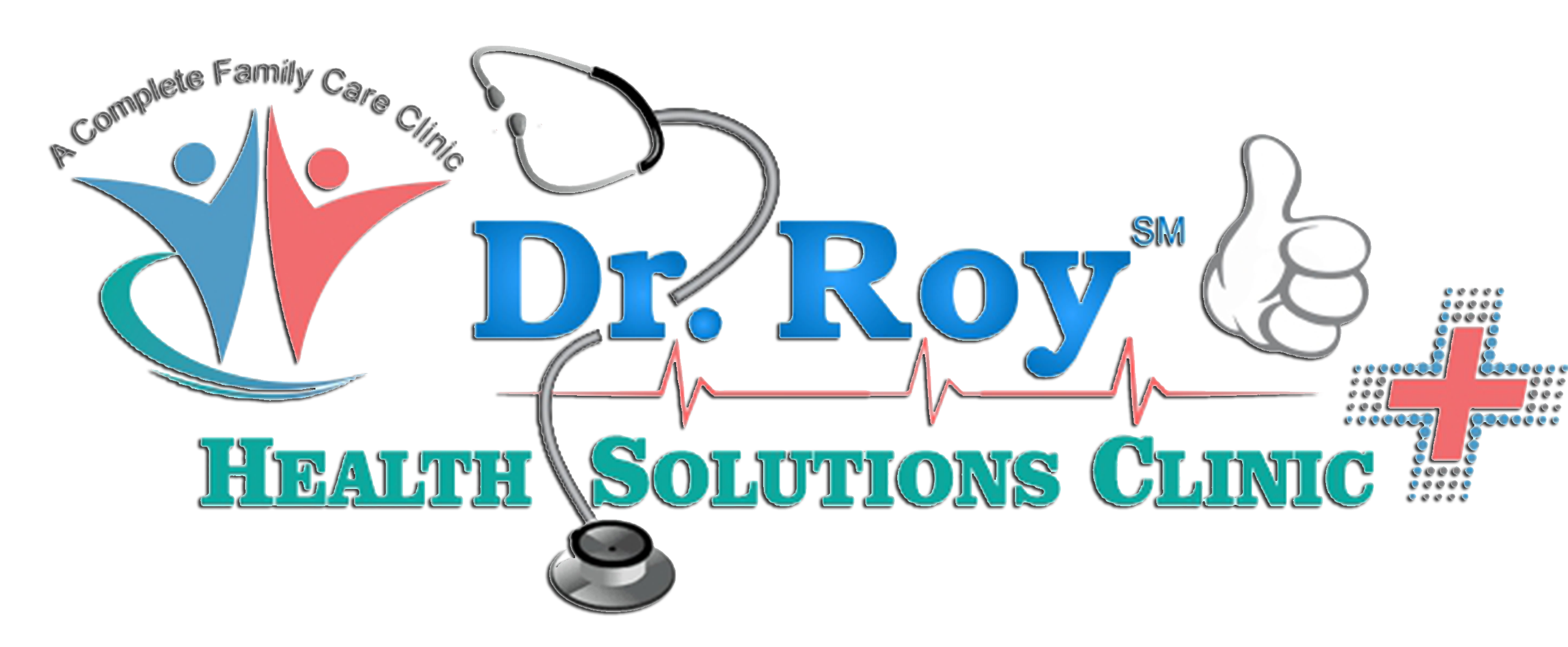Allergy is defined as a “harmful, increased susceptibility to a specific substance,” also known as hypersensitivity, while immunity is characterized as a “protective, enhanced resistance.” The American Academy of Allergy, Asthma & Immunology has an array of resources about allergic disease to help you understand how your allergies affect you, your friends and family.
Skin Allergies
Red, bumpy, scaly, itchy or swollen skin – any of these signs may mean you have a skin allergy.
The most common allergic skin conditions are:
- Eczema
- Hives and angioedema
- Allergic contact dermatitis
Symptoms of a skin allergy include:
- A strange rash
- Red, scaly or itchy skin
- A swelling of the deeper layers of the skin, such as the eyelids, mouth or genitals
- Dry, flaking skin
- Inflamed or blistered skin
Skin allergies are painful and unpleasant, but there are things you can do to treat and prevent an allergic skin reaction.
Some people are allergic to latex, a substance often found in rubber gloves and balloons. Signs of latex allergy may resemble those of contact dermatitis. But sometimes latex allergy causes a serious reaction called anaphylaxis. This life-threatening condition requires immediate medical treatment. If you think you are having this kind of reaction, call 911 immediately.
Skin allergies can take several forms and have a variety of causes. To find out what is causing your skin condition, talk to an allergist/immunologist – a doctor with special training to manage allergies and asthma. An allergist can also help you develop a treatment plan.
Eczema and Atopic Dermatitis
Eczema, or atopic dermatitis, is a common allergic reaction often affecting the face, elbows and knees. This red, scaly, itchy rash is usually seen in young infants, but can occur later in life in individuals with personal or family histories of other allergic conditions – such as asthma or hay fever.
In infants, eczema usually appears as tiny bumps on the cheeks. Older children and adults often experience rashes on the knees or elbows (often in the folds of the joints), on the backs of hands or on the scalp.
Itching is the hallmark symptom and can sometimes be very intense. Eczema can appear very dry, with flaking skin, or can have lesions that ooze – often a sign of a bacterial infection caused by scratching.
Identifying the cause of the itch is essential in relieving the dermatitis. Common triggers include allergens, overheating or sweating, emotional stress, eating certain foods and contact with irritants such as wool, pets, soaps or other agents.
Urticaria (hives)
Urticaria, also called hives, are red, itchy, swollen areas of the skin that can range in size and appear anywhere on the body. The blotches can migrate on body, appearing in different areas throughout the course of the reaction.
Usually, the cause of urticaria is readily identifiable—often a viral infection, or allergic reaction to drugs, food or latex. These hives usually go away spontaneously or by avoiding the allergic trigger. However, in some cases, medical intervention is needed to increase comfort or prevent recurrence. Treatment with oral antihistamines is frequently successful, but in severe cases, steroids may be needed.
Some people have chronic urticaria that occurs almost daily for months or, in some cases, years. For these individuals, scratching, pressure or stress may aggravate hives. An allergist/immunologist can diagnosis the problem and prescribe treatments for this bothersome condition.
Angioedema
Angioedema is a swelling of the deeper layers of the skin and often occurs with hives. Angioedema itself is not red or itchy and most often occurs in the body’s soft tissue, such as the eyelids, mouth or genitals.
Angioedema is called “acute” if the condition lasts only a short time (minutes to days) and does not recur. This is commonly caused by an allergic reaction to medications or foods.
Chronic recurrent angioedema occurs when the condition returns over a long period of time. Chronic recurrent angioedema most often does not have an identifiable cause.
Contact Dermatitis
Contact dermatitis refers to a broad range of reactions resulting from the direct contact of an allergen or irritant with the surface of the skin. A reaction usually appears after one to three days. This type of reaction can develop at any time in life.
The skin becomes red, itchy and inflamed, and will frequently blister. Poison ivy is the most common cause, but other plants, metals (such as nickel), cosmetics and medications can also cause a reaction.
Allergic contact dermatitis can be treated by scrubbing the skin with soap and water after exposure to the allergen and using prescribed antihistamine and cortisone medications, depending on severity. Avoidance of the irritant is the most effective prevention.

